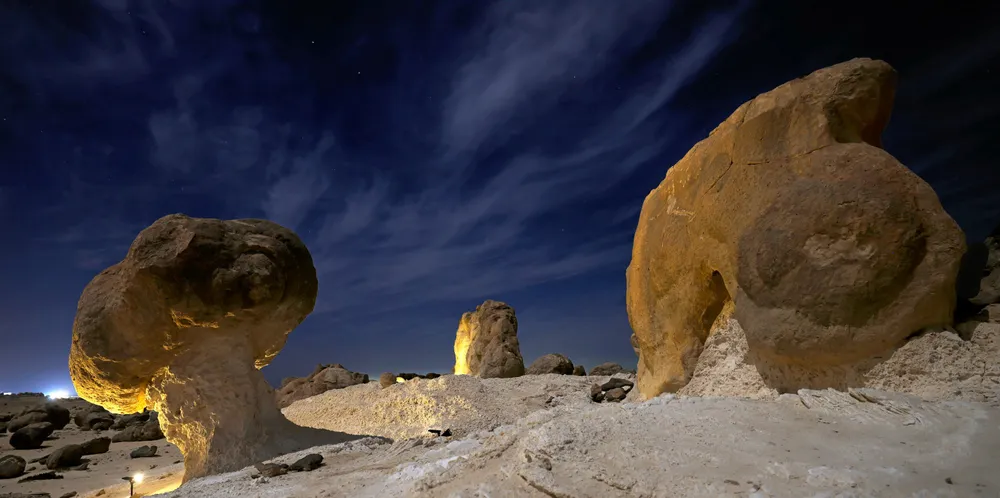Oman targets 25GW wind and solar mega-build 'for millions of tonnes of green hydrogen a year'
Consortium led by state's energy company OQ says massive renewables deployment would turn Middle East state into global energy transition fuels hub

Oman unveiled one of the world’s most ambitious ever renewable energy schemes, with plans to build 25GW of wind and solar to turn the Middle East state into a global hub for green hydrogen.
A consortium of Oman’s state energy company OQ, developer InterContinental Energy and Kuwait-based Enertech said the vast renewable capacity would “produce millions of tonnes of zero-carbon green hydrogen per annum” for local use, export or conversion into green ammonia.
The full 25GW renewable build-out, powering an expected 14GW of electrolyser capacity, is not envisaged until 2038.
A spokesperson said: “We expect to use traditional project finance methods which include long-term offtakes to underwrite each phase, and typical leverage for infrastructure. We believe the demand is high for green infrastructure and this will be a project positioned for success.”
The group expects to start announcing equipment suppliers in 2022. The total build is likely to be skewed towards wind, with turbines making up two-thirds of the capacity, said the consortium.
The announcement is the end result of three years of collaboration, including wind and solar resource assessments in Oman’s central Al Wusta governate, said a statement.
The partners cited “very high and stable levels of solar and wind energy, exhibiting the optimal diurnal profile of strong wind at night and reliable sun during the day. The project is also located near the coast for seawater intake and electrolysis”.
Like plans around the Neom mega-city in Saudi Arabia and those involving Siemens Energy in the UAE, Oman sees potential to supply fuels for heavy transport, including shipping and aviation, as well as massive industrial demand in Europe.
The partners said: “Given the site’s strategic location between Europe and Asia, as well as excellent solar irradiance and wind resource facing the Arabian Sea, the development is well positioned to offer a secure and reliable supply of green fuels globally at a highly competitive price.”
Shareholdings of the individual partners was not disclosed.
Late last year OQ announced plans with European contractor DEME to develop up to 500MW of electrolyser capacity for potential green hydrogen production.
InterContinental is already involved in one of the world’s other green hydrogen mega-projects, the 26GW Asian Renewable Energy Hub in Australia that also counts Vestas as a partner.
Alicia Eastman, president of InterContinental Energy said: “This is a huge milestone in our mission to deliver cost competitive zero carbon fuels at unprecedented scale to meet rapidly growing global demand across sectors. Only by decarbonising fuels as well as electrons will the world reach Paris climate agreement targets and increasingly stringent commitments to reduce greenhouse gas emissions.”